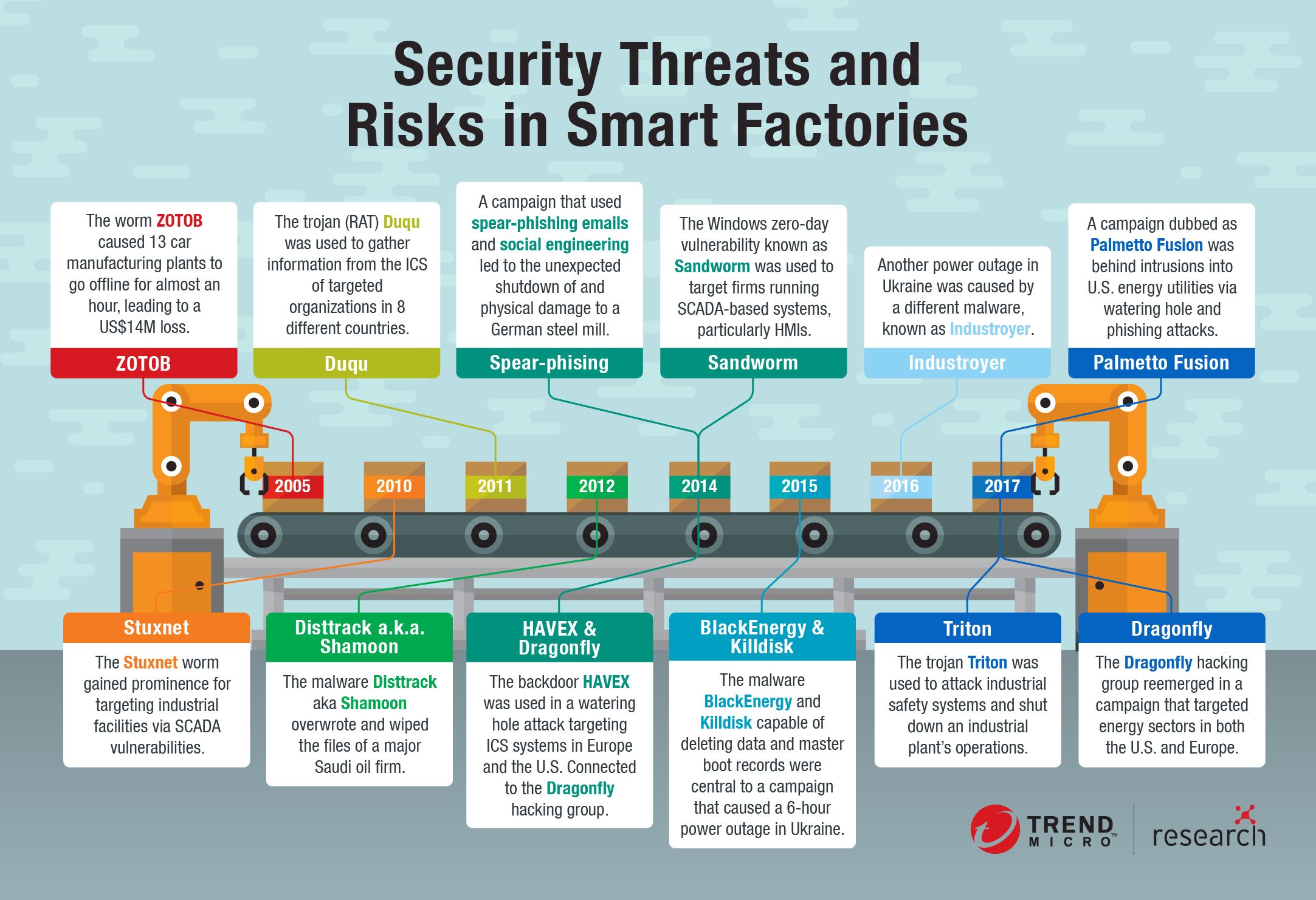The Expanding Threat Landscape in Smart Factories
Smart factories, with their interconnected systems and reliance on data, present a significantly larger attack surface than traditional manufacturing environments. The sheer number of devices, from programmable logic controllers (PLCs) to robots and sensors, creates numerous potential entry points for malicious actors. Furthermore, the increasing use of cloud-based platforms and Industrial Internet of Things (IIoT) devices expands the vulnerability footprint even further. Cyberattacks can range from simple data breaches to devastating ransomware attacks that can cripple entire production lines, leading to significant financial losses and reputational damage. The sophistication of these attacks is also on the rise, requiring robust security measures to counter them effectively.
Securing the Industrial Internet of Things (IIoT)
IIoT devices, while crucial for the efficiency of a smart factory, are often overlooked in security planning. Many of these devices have limited processing power and memory, making it difficult to implement robust security protocols. Their reliance on outdated operating systems and a lack of built-in security features make them especially vulnerable to exploitation. A layered security approach is essential, including regular firmware updates, strong authentication mechanisms, and network segmentation to isolate IIoT devices from other critical systems. Implementing robust vulnerability management programs is also vital to identify and address security weaknesses promptly.

The Importance of Network Security in Smart Factories
The network infrastructure within a smart factory is the backbone of its operations, making its security paramount. A well-defined network architecture with strict access controls and firewalls is essential to prevent unauthorized access. Implementing intrusion detection and prevention systems (IDS/IPS) is crucial for monitoring network traffic for suspicious activities. Regular security audits and penetration testing should be conducted to identify and address vulnerabilities in the network infrastructure. Segmenting the network into smaller, isolated zones can also limit the impact of a successful attack, preventing it from spreading to other critical systems.
Data Security and Protecting Sensitive Information
Smart factories generate vast amounts of sensitive data, including intellectual property, customer information, and operational data. Protecting this data from unauthorized access is critical. Implementing strong encryption methods both in transit and at rest is crucial. Data loss prevention (DLP) tools can help monitor and control the movement of sensitive data, preventing accidental or malicious leaks. Regular backups and disaster recovery planning are also essential to ensure business continuity in the event of a data breach or other unforeseen events. Compliance with relevant data privacy regulations, such as GDPR, is also vital.
Implementing Robust Access Control Measures
Controlling who has access to different parts of the smart factory’s systems is crucial. Implementing strong authentication mechanisms, such as multi-factor authentication (MFA), is essential to prevent unauthorized access. Role-based access control (RBAC) can ensure that users only have access to the resources they need to perform their jobs, limiting the potential damage from a compromised account. Regular security awareness training for employees can help educate them about security best practices and the importance of following them. This training should cover phishing scams, password security, and recognizing other social engineering attempts.
The Role of Cybersecurity Professionals and Ongoing Monitoring
Effective smart factory security requires a dedicated team of cybersecurity professionals with the expertise to manage and monitor the complex security landscape. This team should be responsible for implementing and maintaining security policies, responding to security incidents, and staying up-to-date on the latest threats and vulnerabilities. Continuous monitoring of the factory’s systems is essential to detect and respond to threats in real-time. This includes using security information and event management (SIEM) systems to collect and analyze security logs from various sources. Having a comprehensive incident response plan in place is crucial to ensure a swift and effective response to security incidents, minimizing downtime and damage.
Leveraging Automation and AI for Enhanced Security
Advanced technologies like artificial intelligence (AI) and machine learning (ML) can play a significant role in enhancing smart factory security. AI-powered security solutions can automate threat detection and response, identifying anomalies and potential attacks much faster than human analysts. ML algorithms can be used to analyze large datasets of security logs to identify patterns and predict potential threats. This proactive approach helps to prevent attacks before they can cause significant damage. Integrating these technologies into a comprehensive security strategy can significantly improve the overall security posture of the smart factory. Click here to learn about cybersecurity for smart factories.

